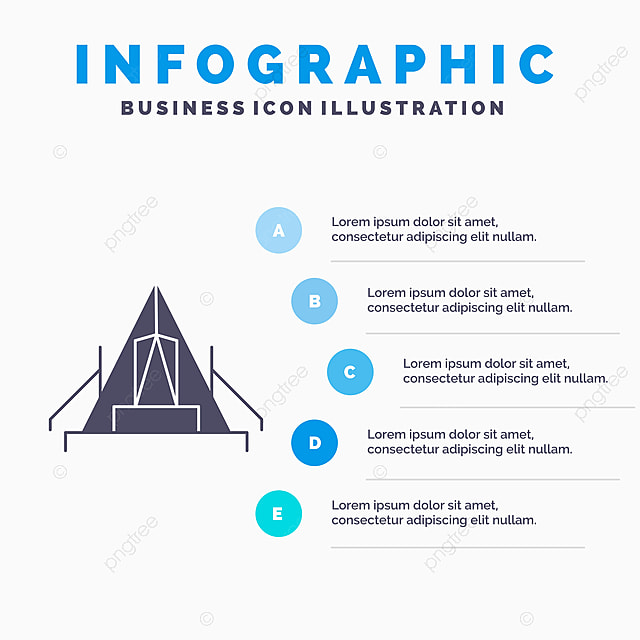While both deal staminas in different environments, it is essential to identify which type of insulation will certainly ideal offer your requirements. The insulation you choose influences heat, weight, water resistance, compressibility and cost.
Down is collected from waterfowl, usually ducks or geese. It is valued for its lightness, simple compression and insulating residential properties. However, down comes to be less reliable when wet.
Warmth-to-Weight
A high warmth-to-weight proportion is wanted in outside apparel and gear. The shielding residential or commercial properties of down feathers make them a wonderful choice for this objective, as they are extremely cozy and light-weight.
Nevertheless, down sheds its insulating capabilities when it splashes, meaning it requires to be coupled with a water resistant shell. Furthermore, some individuals are allergic to down, making synthetic coats a better choice for them.
Artificial insulations are generally made from recycled polyester and created to mimic down's protecting buildings. They are not as lightweight as down, however they do not lose their insulating capacities when they splash and completely dry more quickly than down. They are also more inexpensive than down. Nonetheless, their life-span is much shorter than down, causing greater maintenance and substitute expenses.
Water Resistance
The insulation you pick for your job jacket will make a big distinction in exactly how comfortable you really feel outdoors. Nevertheless, the sort of insulation you choose also has substantial implications for your sustainability objectives.
Down is an exceptional insulator for a number of reasons. It's light-weight, compressible, and provides an excellent warmth-to-weight proportion. However, it does not prosper when it gets wet. Down clumps up and loses its loft when damp, which can considerably lower its capability to catch heat.
Synthetic insulation products, such as Thinsulate and Primaloft, hold up much better versus wet problems. They generally have a limited weave or chemical covering that maintains water from permeating the textile. This allows tent durability the insulation to continue to be breathable, even if wet. It deserves noting that synthetics can likewise be uncomfortable when wet, yet they keep their insulating buildings.
Compressibility
While goose down does have a remarkable warmth-to-weight proportion, synthetic insulation executes similarly. Nonetheless, unlike down which absorbs and sheds its shielding abilities when damp, artificial insulation does not. Consequently, it can maintain its loft space and trap warm air in damp conditions.
Typically made from polyester sheets or clusters that imitate down, one of the most common synthetic insulation brand names consist of PrimaLoft, FullRange, Thermoball and Patagonia's PlumaFill. While it still can't match down's loftiness and warmth-to-weight, synthetic coats are light-weight, fast to dry and less expensive than down. This makes artificial coats best for wet environments, or if you're prone to sweating heavily. Artificial jackets are also less fragile than down and can lose. This sturdiness reaches their face materials which are typically thicker and much more resilient than down.
Resilience
A major factor to consider in sustainability is a product's durability and resilience. Natural products like cork, ThermaCork broadened cork and Havelock wool last longer than artificial choices like fiberglass and vinyl. They also call for less maintenance and can withstand rough ecological conditions.
However, all-natural insulation does not carry out too when damp as synthetic choices. Woollen and fleece clump with each other when wet, compromising their capacity to trap heat. Artificial insulation, on the other hand, does not absorb moisture and remains to protect even when saturated.
This makes synthetic insulation perfect for damp climates and arduous activities where you might sweat greatly. It's also less complicated to clean and dries faster than down. This included sturdiness and reliability make artificial insulation an overall winner in this group. This equates to durable shielded work boots that last lengthy and keep you warm up through requiring atmospheres.
Sustainability
All-natural materials supply biodegradability and a smaller ecological footprint, while artificial options brag resilience and cutting-edge applications that support power efficiency. Nonetheless, it is essential to recognize the true ecological impact of these insulation products from cradle-to-grave.
For example, if a natural insulation product needs to travel a cross country from its source to the structure site, transportation-related exhausts enhance its total carbon footprint. Picking locally sourced and reused products decreases that influence. And, choosing GREENGUARD and Cradle to Cradle qualifications guarantees that insulation is devoid of volatile organic substances (VOCs) and sustains responsible sourcing and labor problems.
Lamb's wool and cork are sustainable insulation resources that are harvested without hurting the tree or plant. Both have actually the included benefit of being naturally immune to mold and mildew, pests and moisture.
